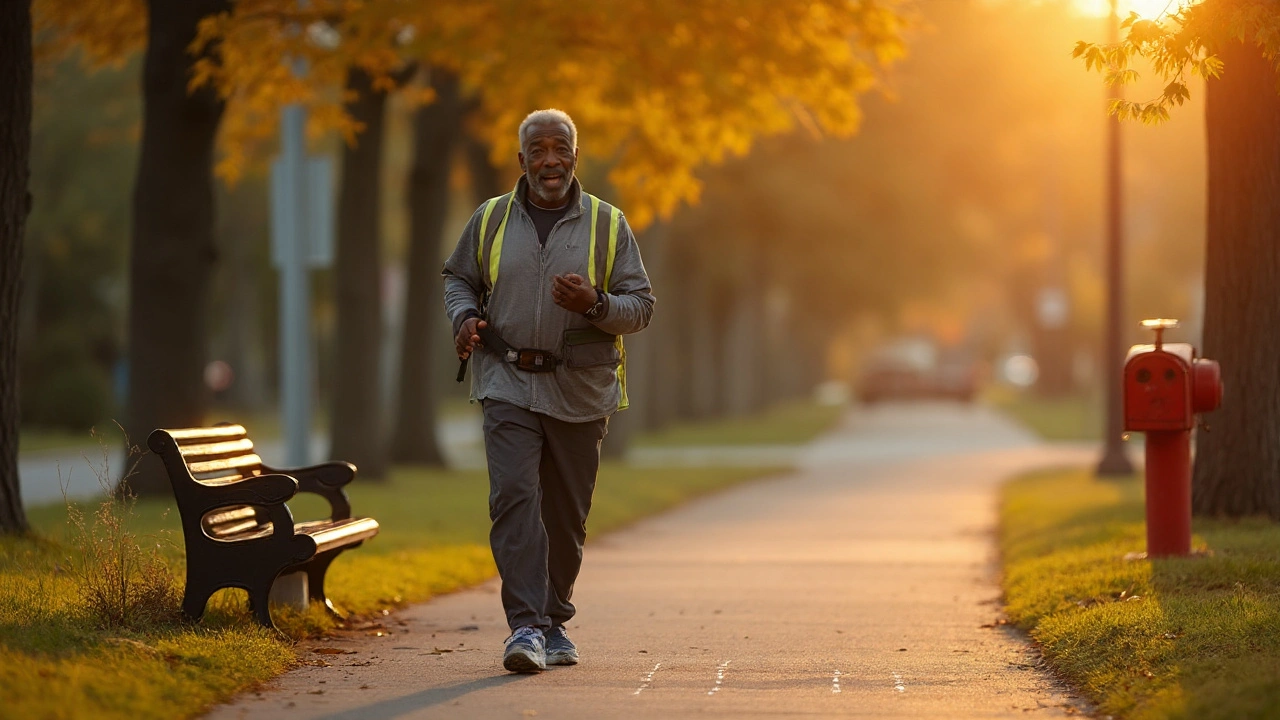Walking Program: Simple Steps to Boost Your Health
If you think getting fit means pricey gyms or crazy workouts, think again. A regular walking program can lift your mood, burn calories, and keep joints happy – all for free. The trick is turning a casual stroll into a habit that sticks. Below you’ll find practical pointers so you can start today, stay safe, and see real results without over‑complicating things.
Why Walking Works for Everyone
Walking is low‑impact, which means it’s gentle on knees and hips while still raising your heart rate. Even a 30‑minute walk can improve blood pressure, lower stress hormones, and boost stamina. Because you control the pace, you can dial intensity up or down based on how you feel that day. No equipment, no membership fees – just a pair of shoes and a route you enjoy.
Another win is flexibility. You can break your walk into two 15‑minute sessions if time is tight, or add short bursts of faster steps (called intervals) to challenge yourself without turning the whole routine into a sprint. This makes it easier to fit walking into busy schedules and keeps the activity feeling fresh.
How to Build a Sustainable Walking Plan
Start with a realistic goal: aim for 10‑15 minutes of comfortable walking three times a week. Use a phone timer or a simple watch so you know when to stop. After two weeks, add five more minutes to each walk or toss in a quick 30‑second jog once you feel ready.
Pick routes that motivate you – a park with trees, a quiet neighborhood, or even a mall on rainy days. Vary the scenery to avoid boredom. If safety is a concern, walk during daylight and stay on well‑lit paths. Dress for comfort: breathable shoes with good support and weather‑appropriate clothing keep the experience pleasant.
Track progress lightly. A notebook or phone app can log distance, time, and how you felt after each session. Seeing improvement, like walking a mile faster than last week, fuels motivation without turning the habit into an obsession.
Finally, listen to your body. If you feel sore, take a rest day or switch to a slower pace. Hydration matters – sip water before and after walks, especially in warm weather. And don’t forget a quick stretch for calves and hamstrings once you finish; it helps prevent stiffness.
With these easy steps, your walking program can become a daily boost rather than another chore. Give yourself the space to enjoy each stride, watch your stamina rise, and let that simple habit pay off in energy, mood, and overall health.
